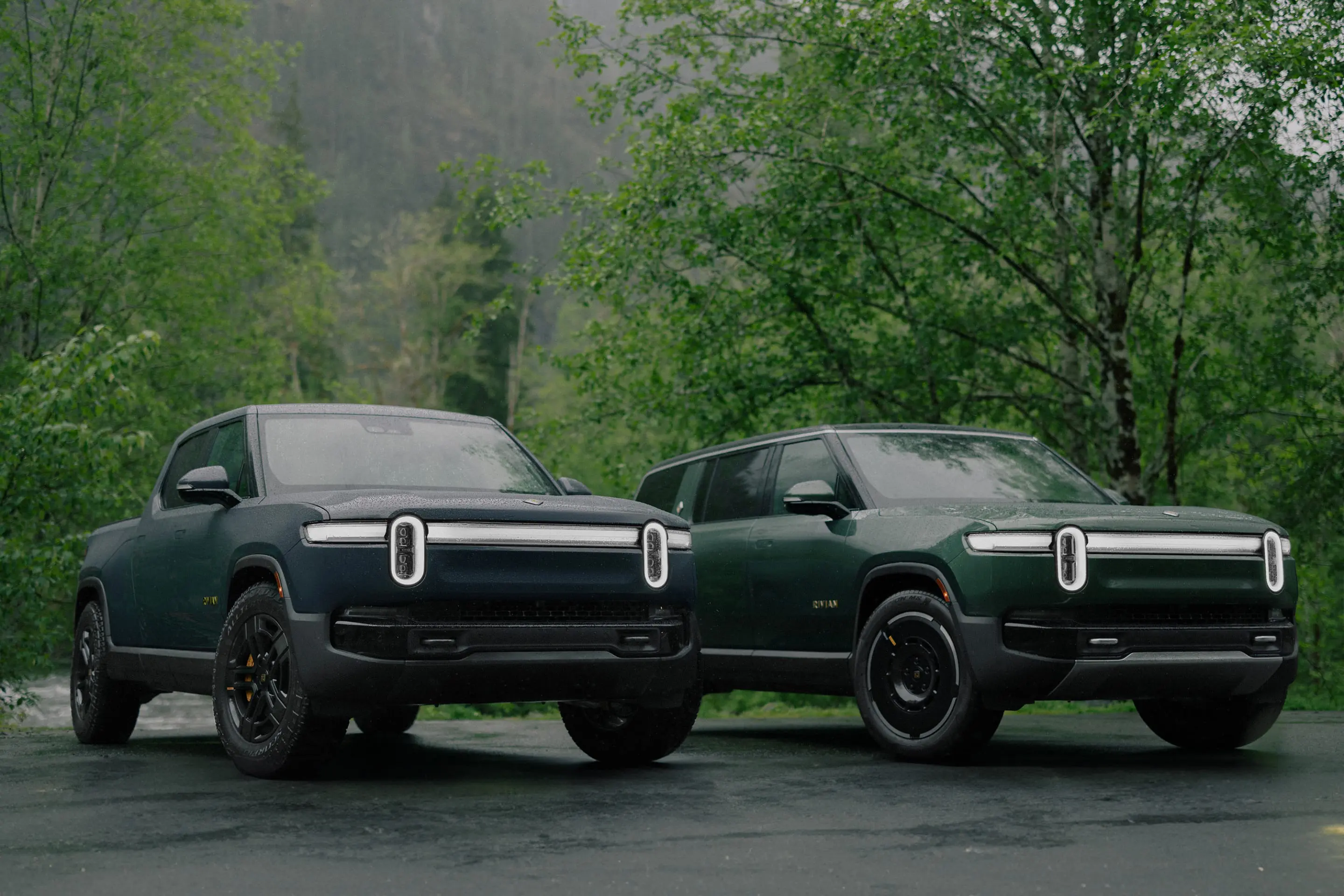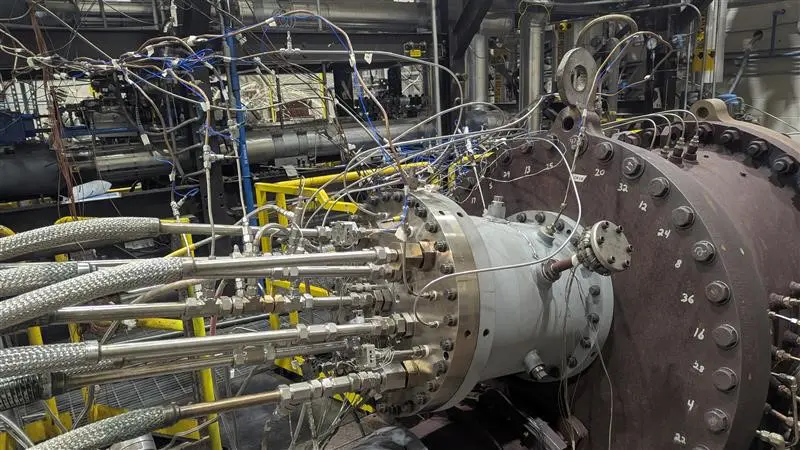
Rivian Introduces Second Generation Electric SUV, Truck

Rivian introduced the second-generation of its flagship electric vehicles (EVs). The company said its new R1S SUV and R1T pickup have been completely reengineered through hundreds of hardware improvements, performance upgrades, a fully redesigned software experience, and evolved in-house drive systems. Rivian maintained its exterior design but implemented zonal electrical architecture and introduced new compute and autonomy platforms. The vehicles offer new motor configurations, design elements, and trim and tire choices. Pricing for the second generation R1S will start at US$75,900 and R1T will start at US$69,900.
The new R1 platform offers more power, performance, and range, thanks to a Rivian-designed and built drive unit offered in Tri-Motor and Quad-Motor configurations. The 1025-horsepower Quad-Motor R1T delivers 0 to 60 mph (97 km/h) in less than 2.5 seconds and 1198 lb.ft. of torque when using Launch Mode. A Rivian-built Dual-Motor is also available. Rivian said that it is now designing, engineering, and manufacturing the motors fully in-house.
Rivian’s new Large and Max battery packs offer an estimated 420 miles (676 km) of range. Customers looking to maximize value can opt for a new lithium iron phosphate-based Standard pack with up to an US Environmental Protection Agency-estimated 270 miles (435 km) of range.
Rivian introduced a redesigned heat pump-based thermal system, improving rider temperature comfort and saving range. New 22-in. (56-cm) aero wheels and tires reduce drag, with a coefficient as low as 0.297. Rivian updated suspension and air springs for a smoother on-road ride without compromising off-road capability.
The second generation R1 vehicles feature a new electrical architecture and compute platform which reduces 17 electronic control units (ECUs) found in first generation vehicles down to seven ECUs, which removes 1.6 miles (2.6 km) of wiring from each vehicle. A new in-house developed autonomy system, called Rivian Autonomy Platform, features 11 cameras, five radars, and artificial intelligence (AI) prediction technology powered by Nvidia chips. According to Rivian, its Autonomy Compute Module is 10 times more powerful than its previous system. With 360-degree visibility, eight times the number of camera megapixels from previous vehicles, and redundant sensors, the system can see far into the distance, even in poor weather and light conditions. It is available on all vehicles as standard, including features like high-resolution camera Blind Spot Monitoring and Highway Assist. A premium version of the system, Rivian Autonomy Platform+, features a broader set of capabilities. Lane Change on Command is available to start, with Enhanced Highway Assist available later this year, and expanded road coverage to follow. New headlights and taillights feature Adaptive Drive Beam technology which will be enabled later this year, helping drivers stay more aware while driving on dark roads by adapting dynamically to oncoming traffic.
Rivian released new features and options with the next generation R1S and R1T. Rivian owners can use car keys in Apple Wallet on iPhone and Apple Watch, or with select Google Pixel devices, to unlock and start up their vehicles, and even share keys digitally with family and friends. A new Rivian-developed sound system and Dolby Atmos are available with Rivian Premium Audio. Connect+, a new subscription service, supports streaming video through Google Cast and provides access to more than 3000 apps. Rivian worked closely with the Apple Music team to integrate Connect+ into its software platform. Rivian’s Connect+ gives customers access to Apple Music’s catalog of more than 100 million songs and 30,000 playlists, ad-free. With Rivian Premium Audio, users can hear sound all around with Apple Music’s Spatial Audio with Dolby Atmos.
Rivian incorporated a dynamic glass roof, which it said keeps the cabin feeling airy but can be tinted electronically at the touch of a button. An interior lighting system can be customized with a spectrum of colors. Rivian also redesigned its software user interface, powered by Unreal Engine.Two entirely new premium Ascend trims are offered, as well as a new Storm Blue exterior paint, and blackout trim options.
Rivian’s commitment to reducing carbon emissions underpins the design of these vehicles. Based on comprehensive lifecycle carbon footprint assessments, these vehicles achieve a 15% lower standard lifetime carbon footprint than the first generation R1 platform, thanks largely to manufacturing and operating efficiencies and improvements in its materials supply chain. The new generation lowers manufacturing costs and reduces parts. With about 50% less carbon dioxide emissions from manufacturing compared to model-year 2022 vehicles and other optimizations, the vehicles further Rivian’s ambition to accelerate widespread EV adoption and protect the planet for future generations.









